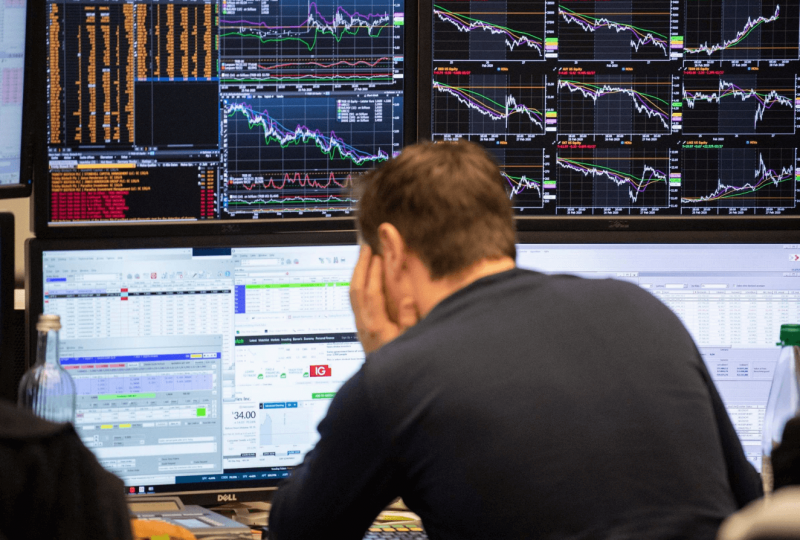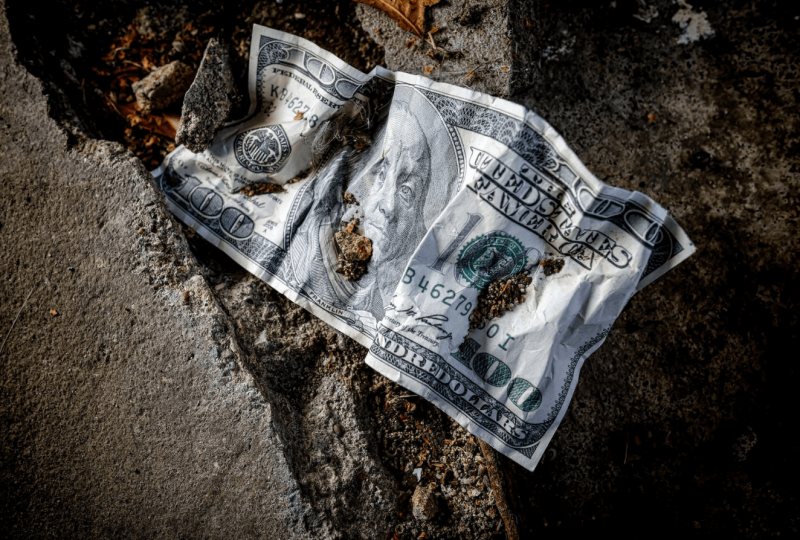Selling Your Stocks in May and Go Away Could Be the Best Strategy This Year
Apr 16, 2022

This might be the year you heed the proverb, "Sell in May and get away."
It had been a particularly dreadful holiday-shortened week. The S&P 500 fell 2.1 percent. The Nasdaq Composite Index dropped 2.6 percent.
The Dow Jones Industrial Average was a relative winner, falling only 0.8 percent. The reasons are straightforward.
War, inflation, sickness, and the Federal Reserve's increased desire to put a stop to increasing prices are all heightening uncertainty and undermining investor confidence.
It's a lot to take in. Maybe it's best to just quit up — at least for a while.
"Three things are discounted by markets. Earnings and interest rates, of course."However, the third factor is confidence in those inputs," adds DataTrek co-founder Nicholas Colas.
"It's just a fancy way of expressing that [the] markets despite uncertainty."
"We already have a fair bit of uncertainty," Colas says. "But how can we know if the 10-year [yield] will remain at 3 percent or rise to 4 percent?"
Nobody knows—neither investors nor the Fed. Bond yields are rising because the Fed is determined to combat inflation by boosting interest rates.
According to Brian Rauscher, Fundstrat's head of global portfolio management and asset allocation, the Fed makes aggressive pronouncements from time to time, but the tone is significantly different now than it has been in prior years. "I realize it's excessively basic, but don't fight the Fed," Rauscher said this week on a conference call with clients. In other words, if the central bank declares that it intends to slow the economy, trust it.
Stocks do not benefit from pessimism. "We're going to have a challenging spring and summer," says Barry Bannister, market strategist at Stifel. He examines everything from purchasing manager indices to real bond rates, retail sales, and other indicators, and they "all say the same thing": the disaster is on the way.
That trio of market veterans functions as a Greek chorus of bad news.
They might, however, be correct. While the Fed tightens, investors could take advantage of the seasonality and be spectators to the drama this summer. The market will almost certainly fall in the first four months of the year.
When the market has been down through April since 1980, it has decreased six out of fifteen times, or 40% of the time, from the beginning of May through the end of September. In those 15 years, the average change from May to September has been minus 1.5 percent.
When the market increases at the start of the year, it falls 23% of the time from May to September. Perhaps not as awful. And the average gain throughout that time period is 8%.
Because of this history, becoming conservative in a year like this doesn't cost investors anything.
Of course, investors do not just withdraw their funds and go on a long vacation. They usually make modifications to their portfolios at the margins. In practice, this involves reducing exposure or changing into more defensive postures.
Both Bannister and Rauscher recommend the healthcare industry to concerned investors. Investing in healthcare and reducing risk exposure to industrial and commodities sectors appears to be a wise method to weather the 2022 storm.




